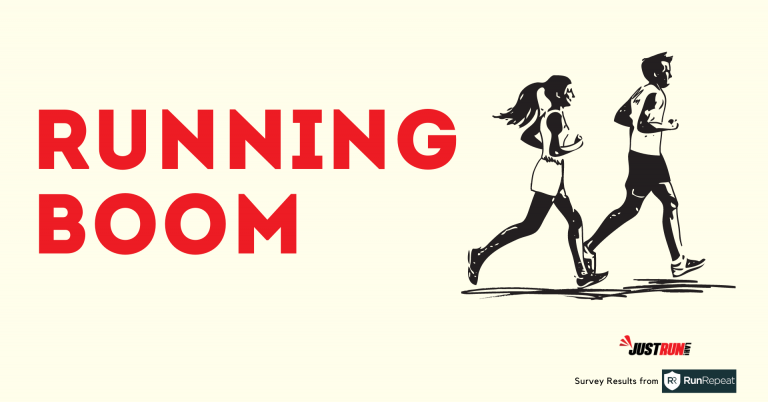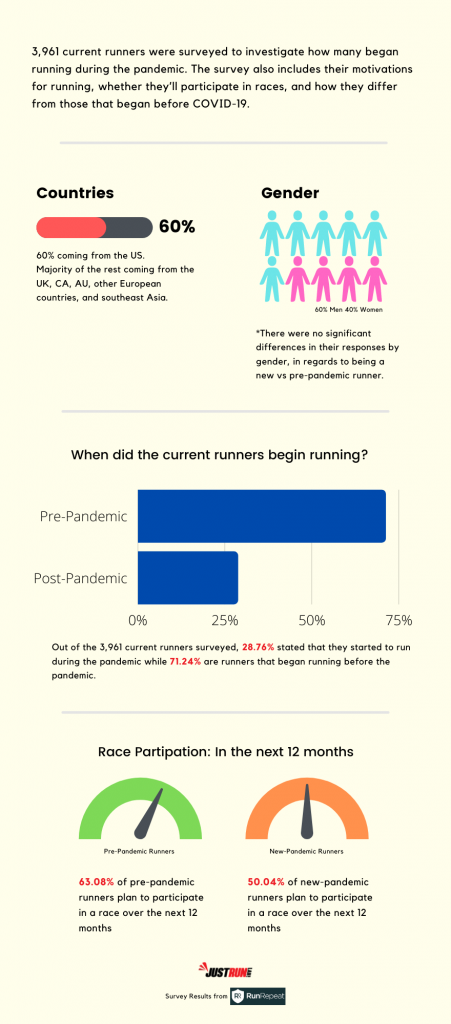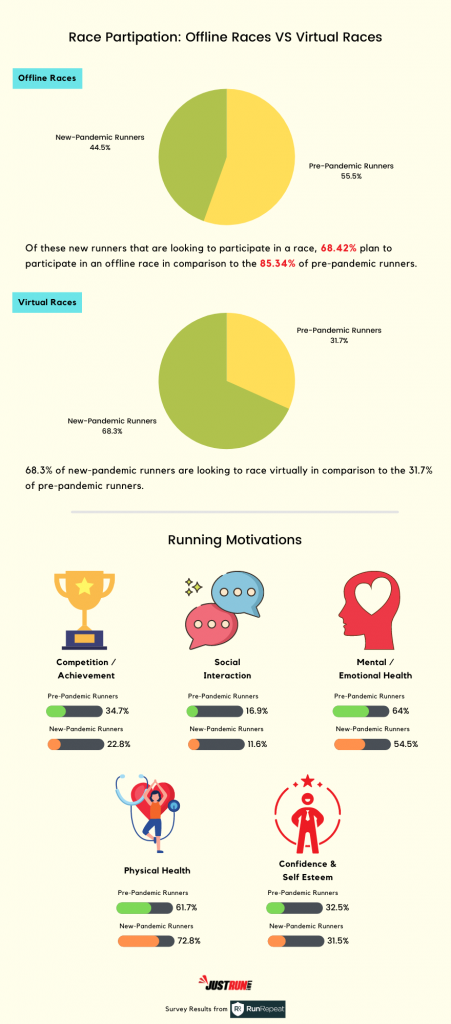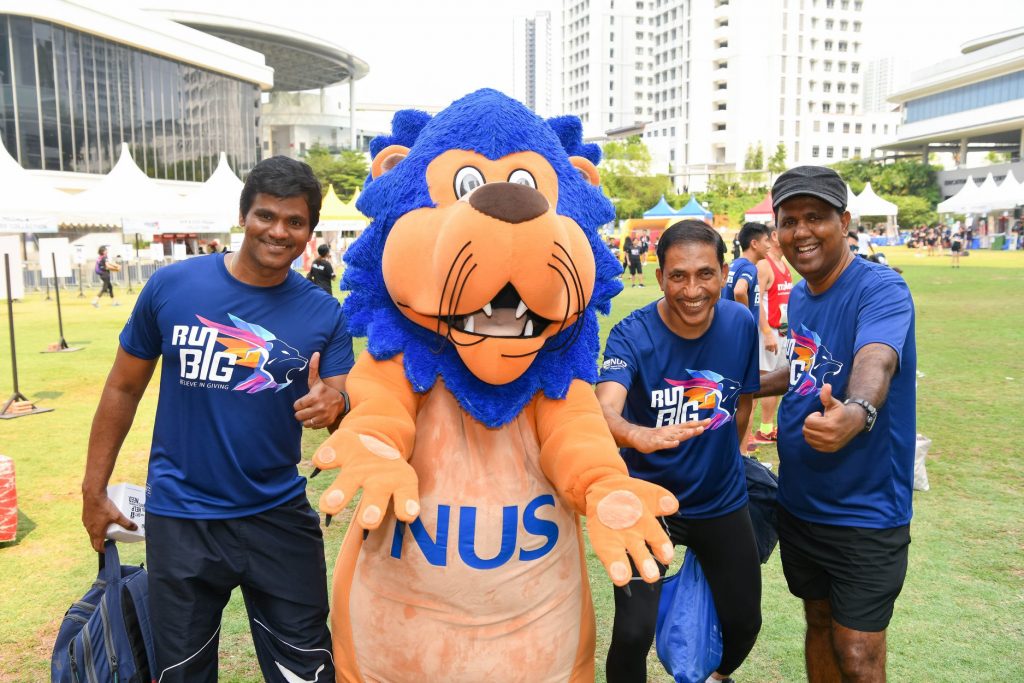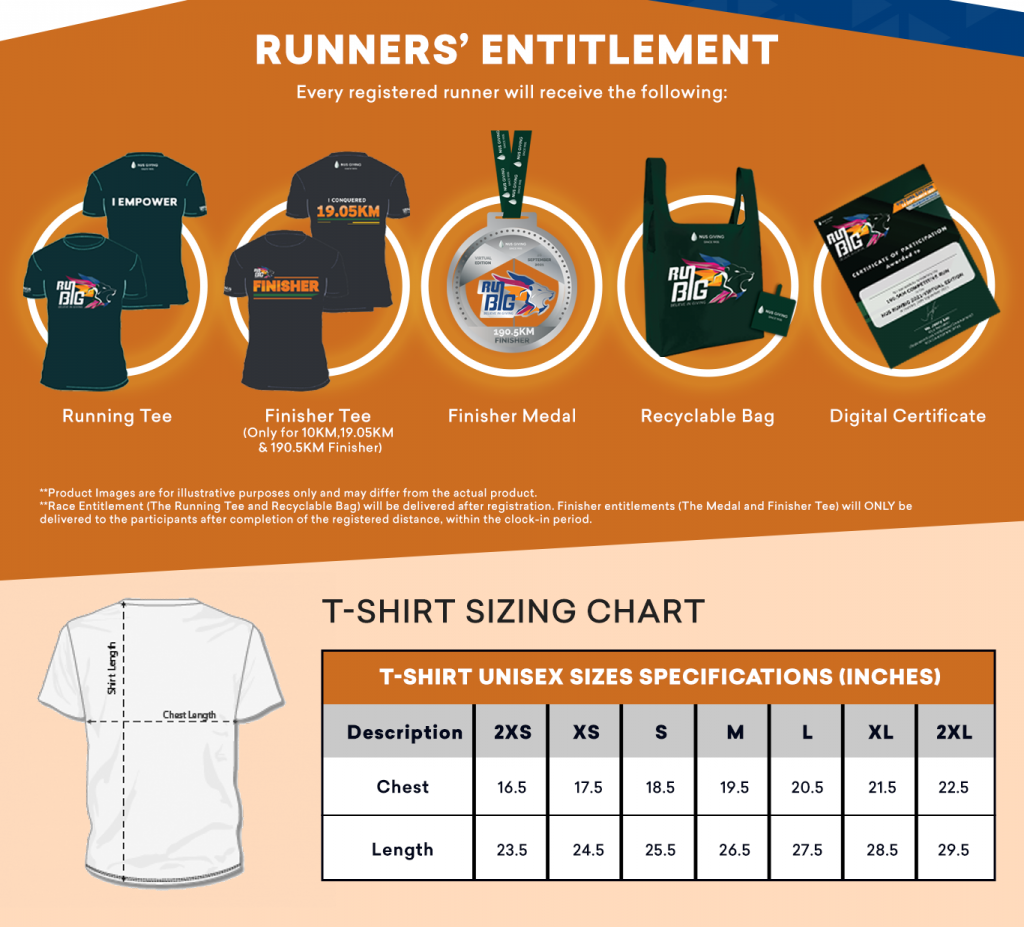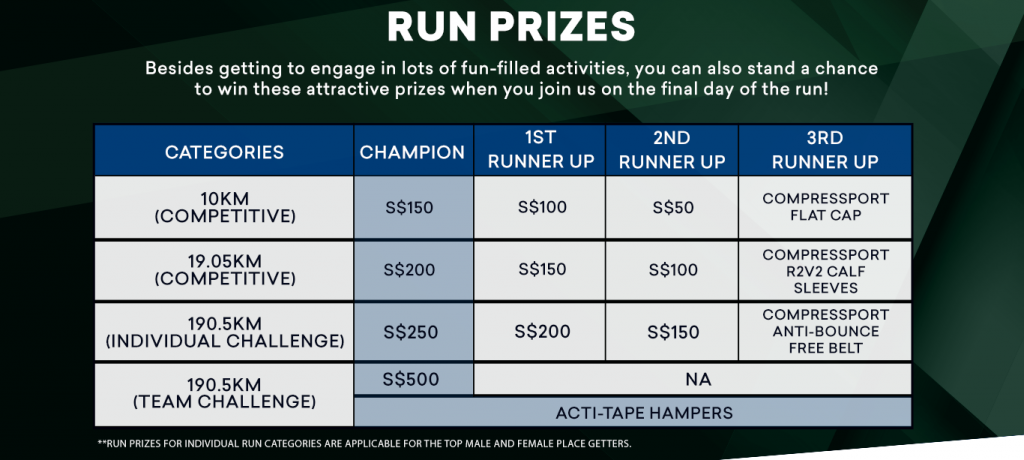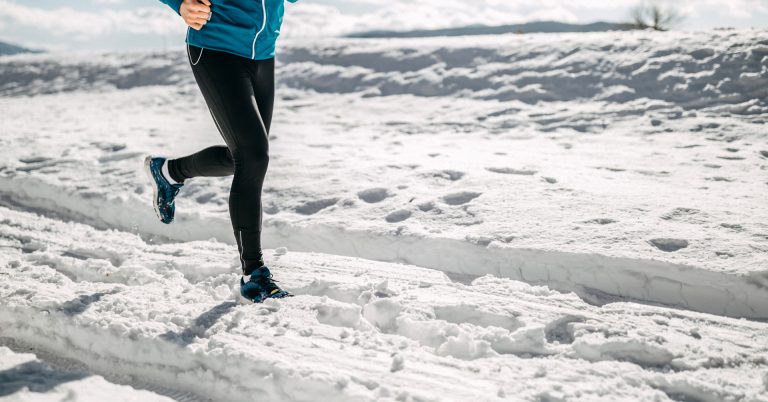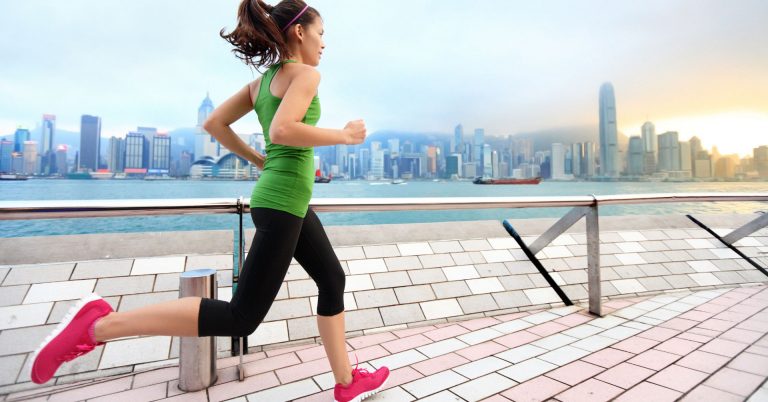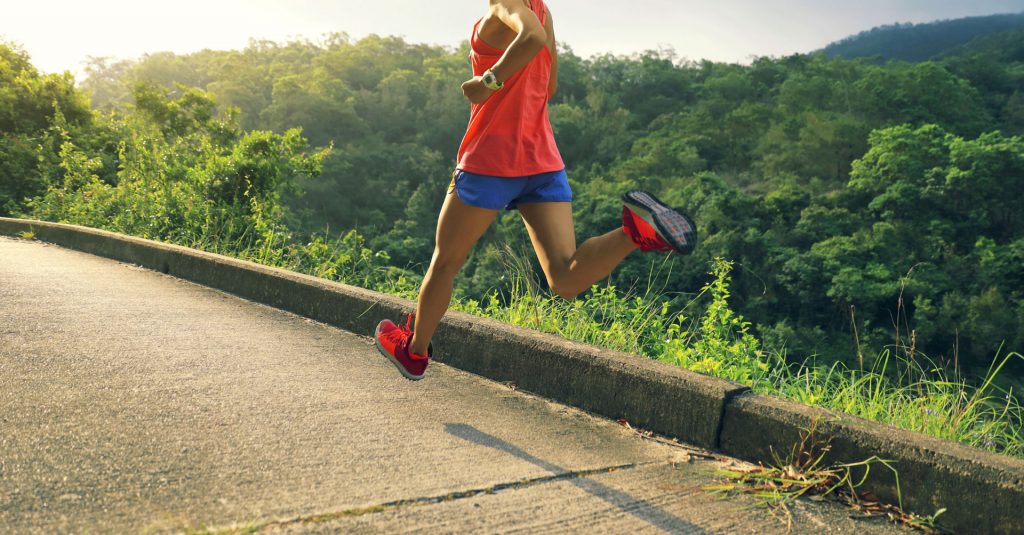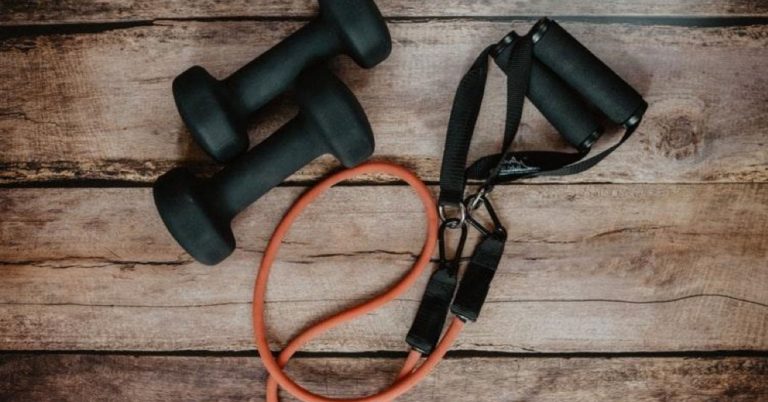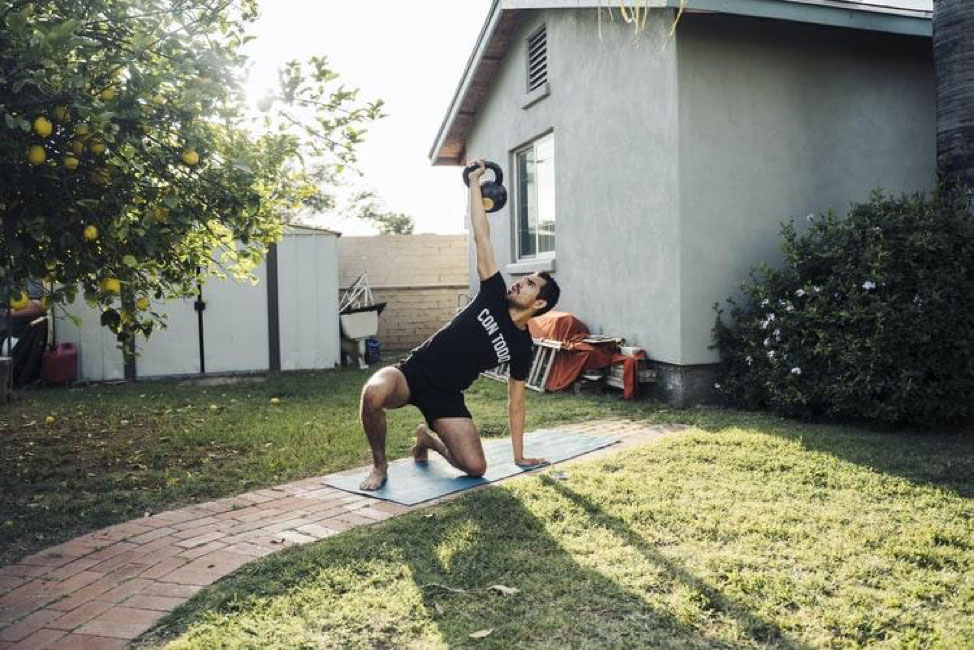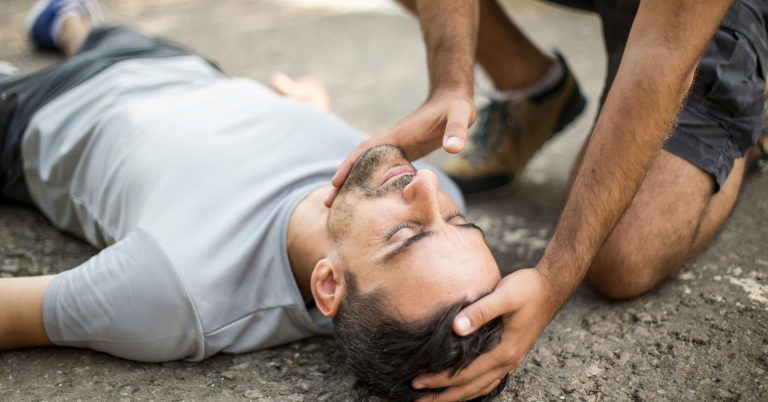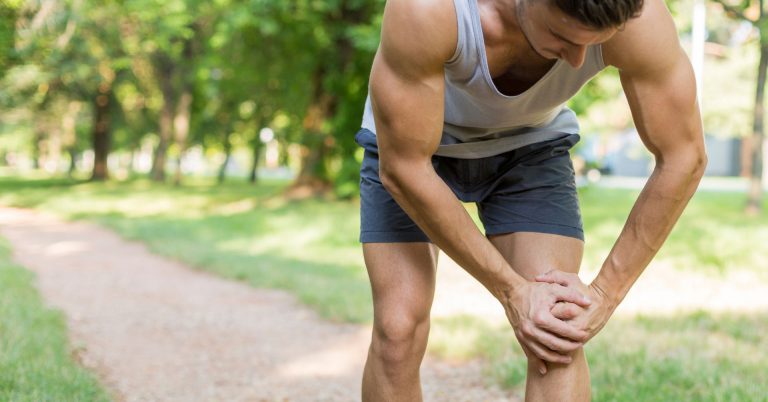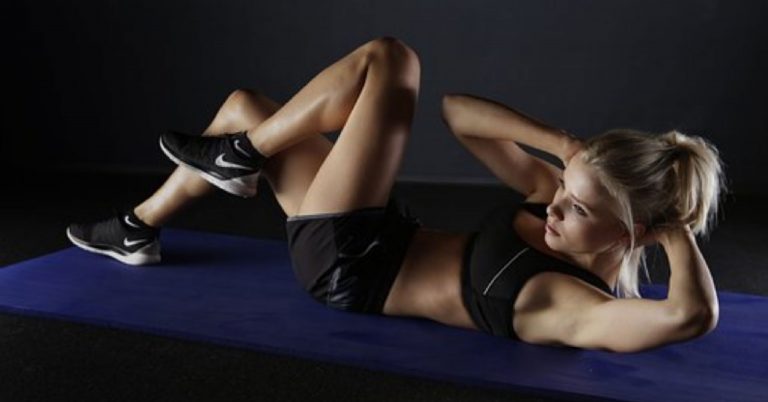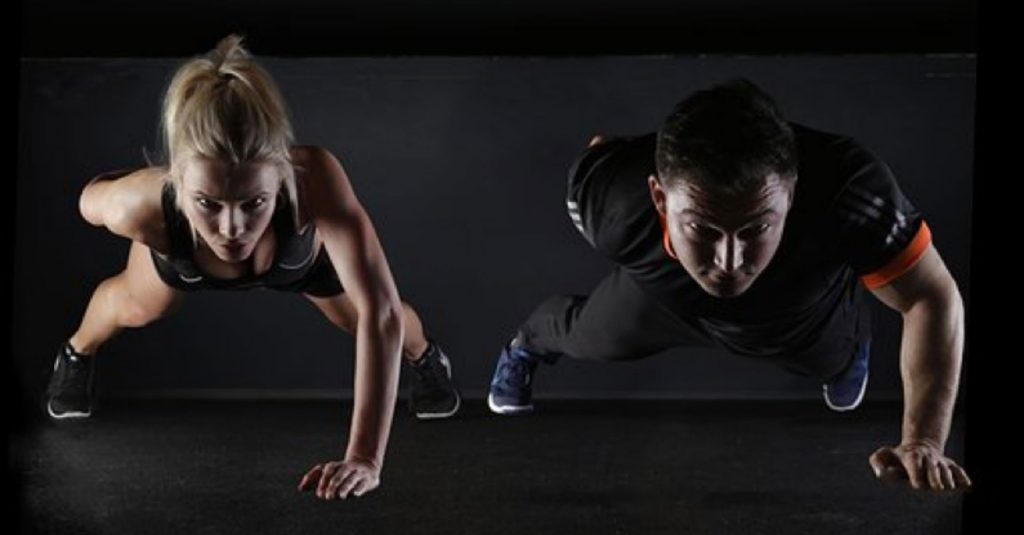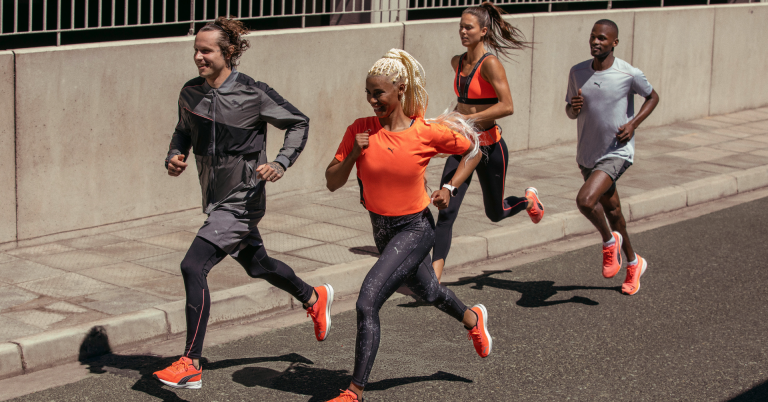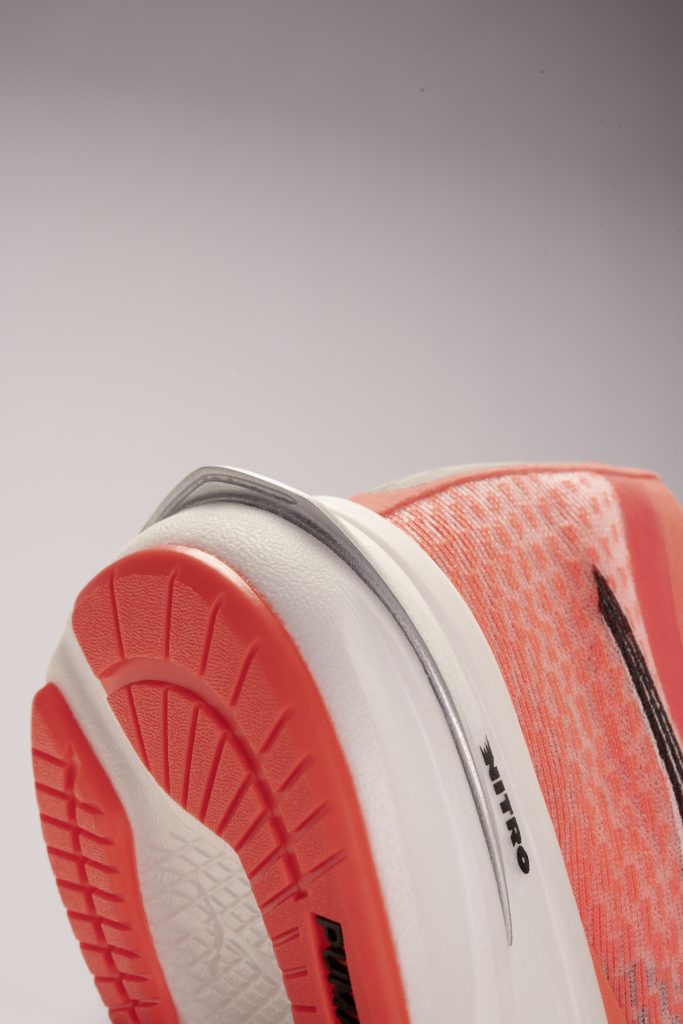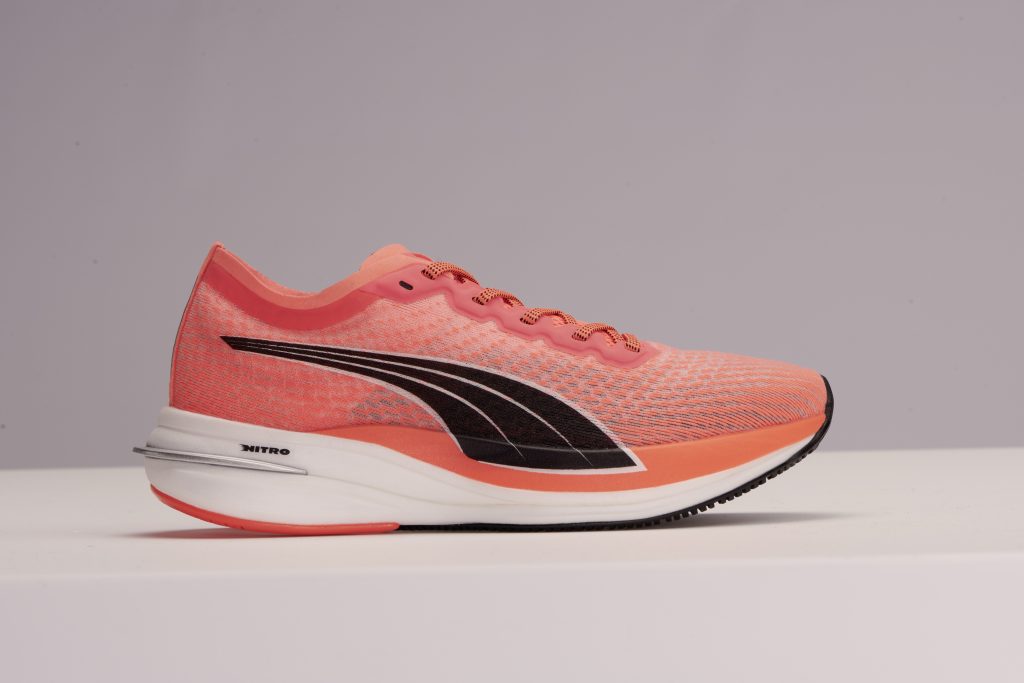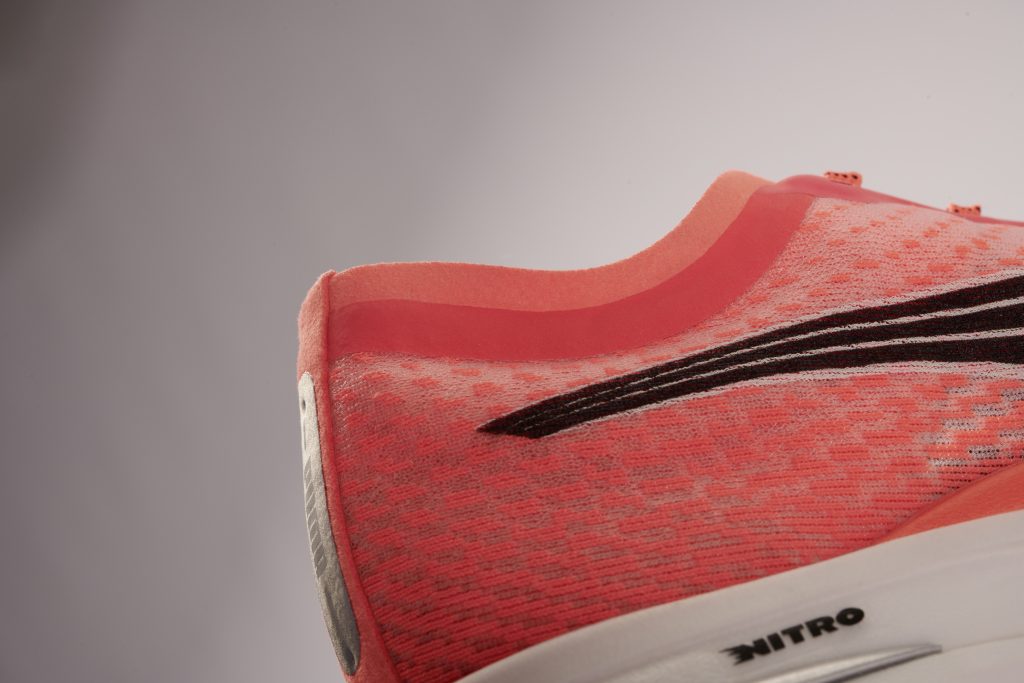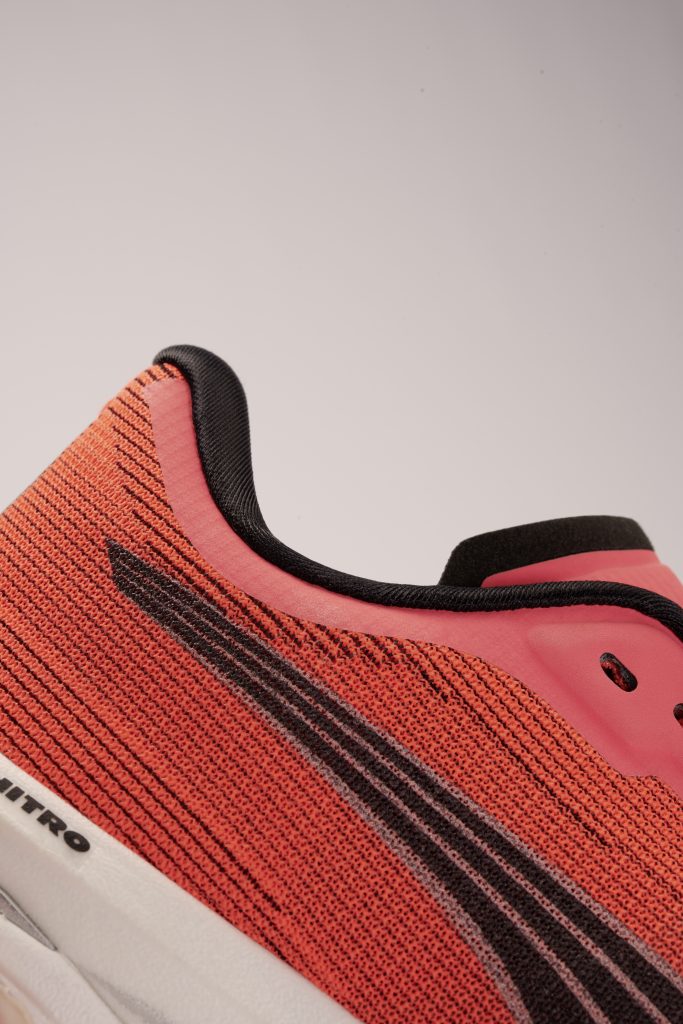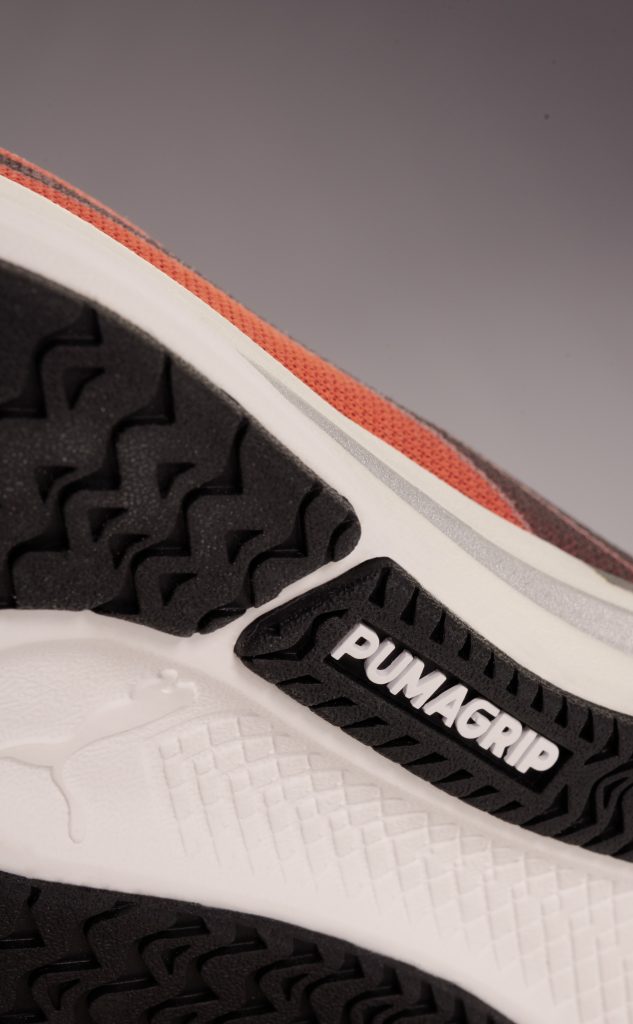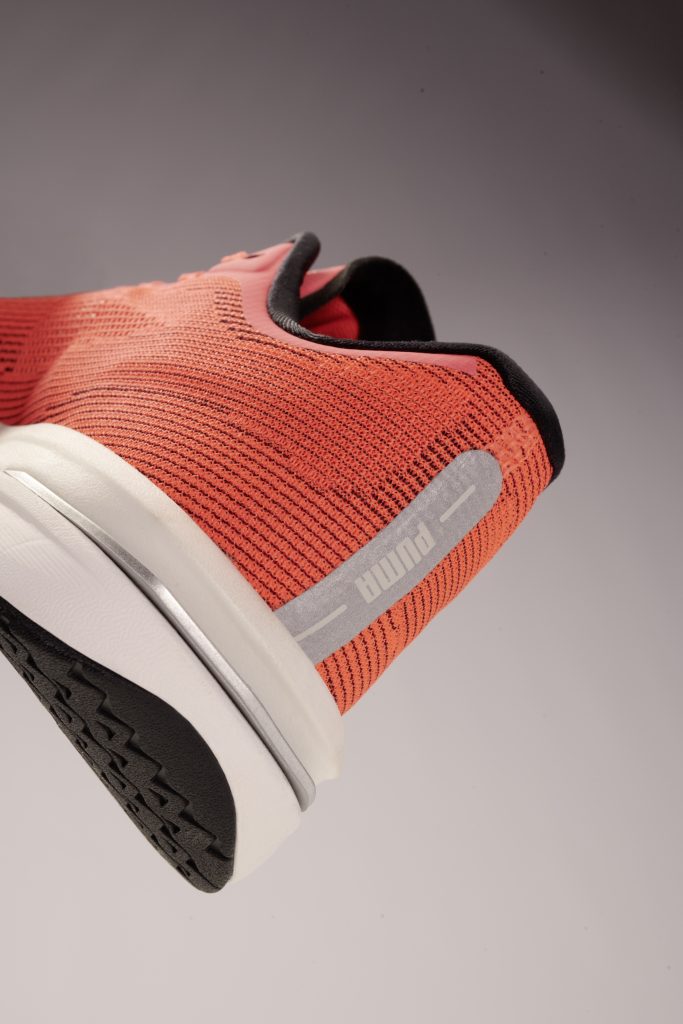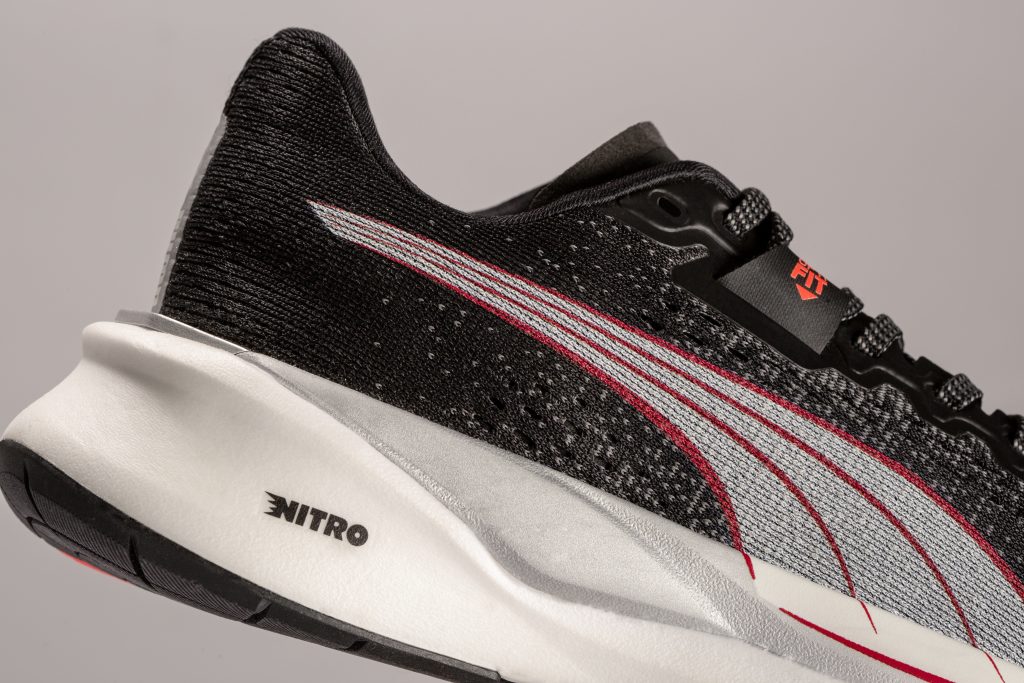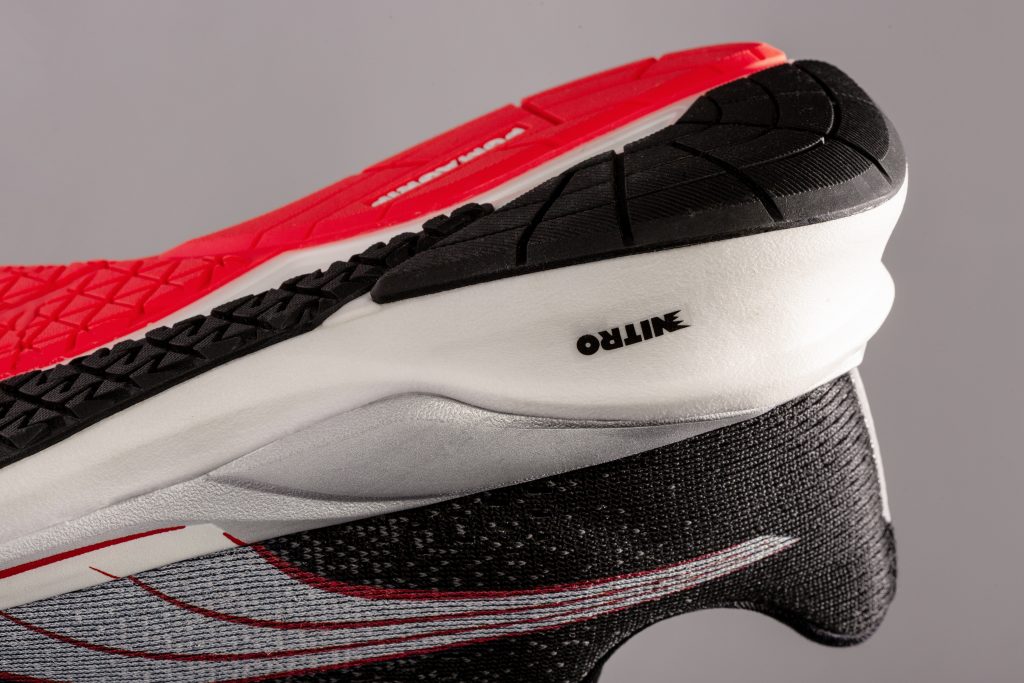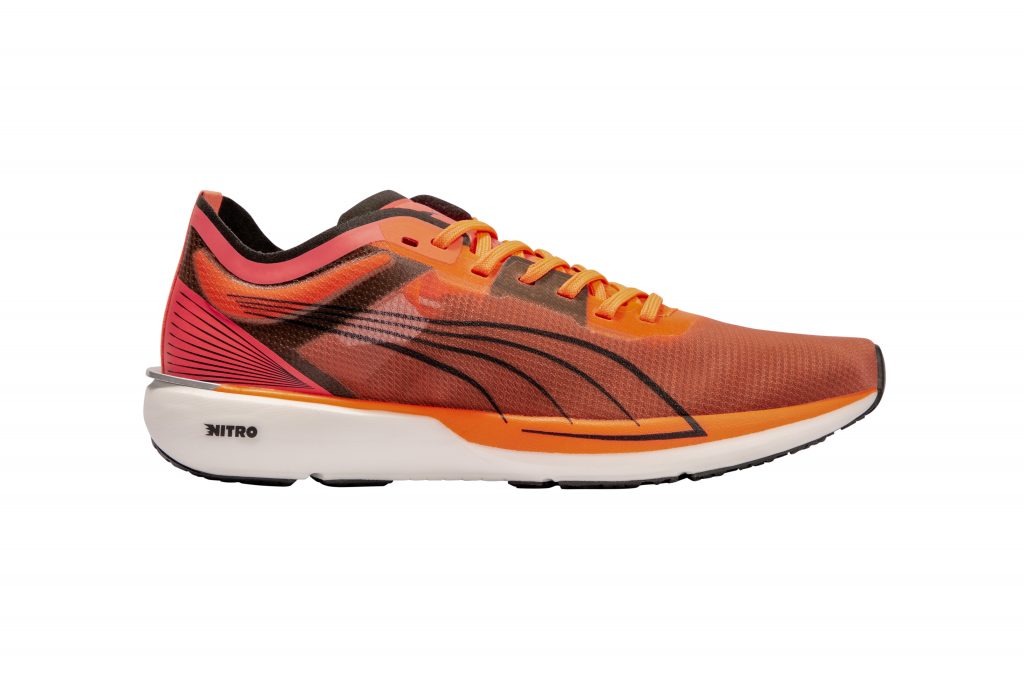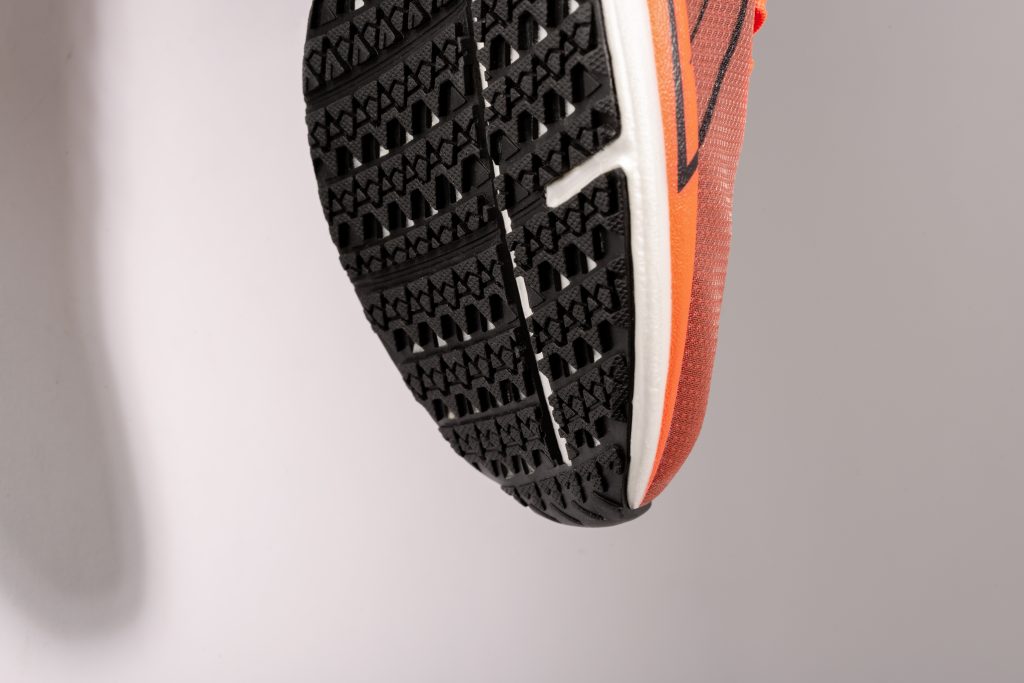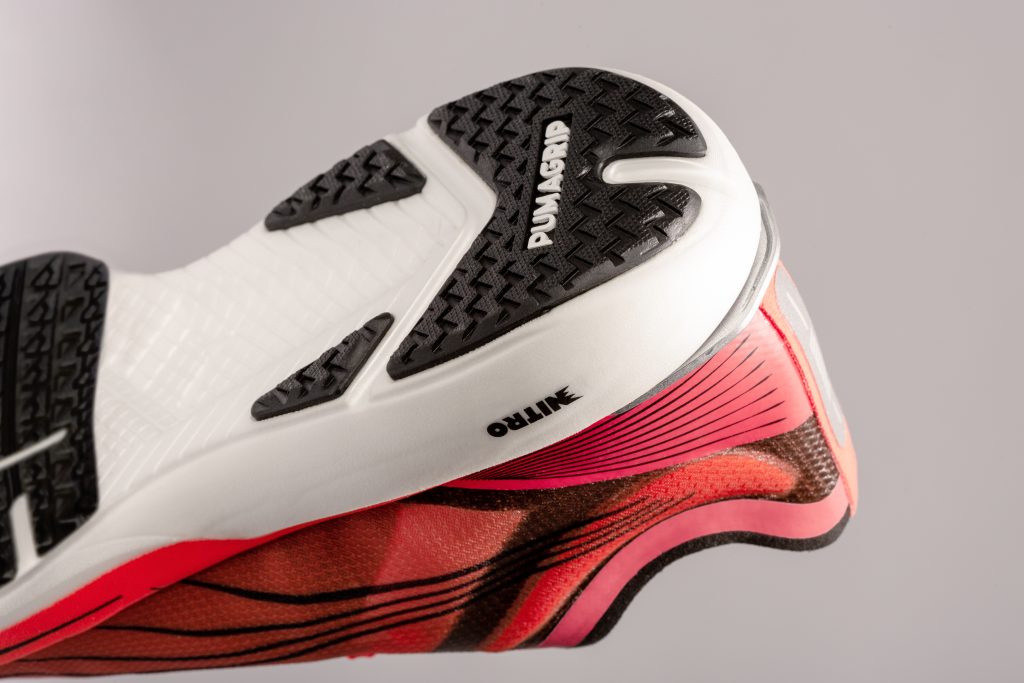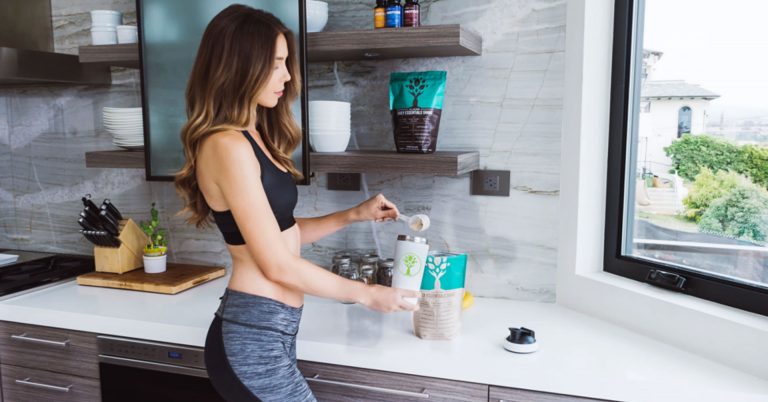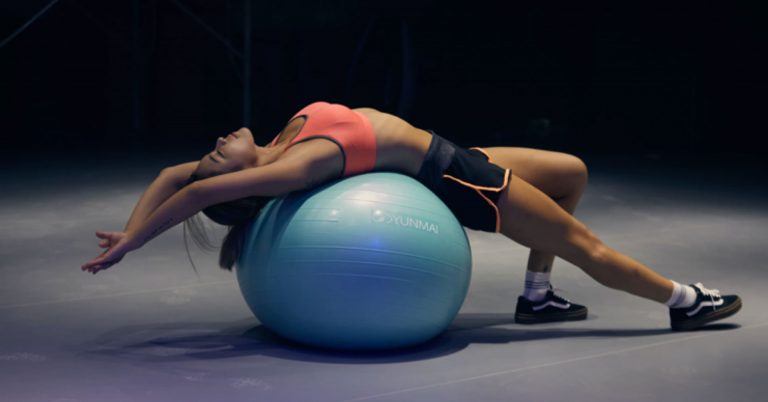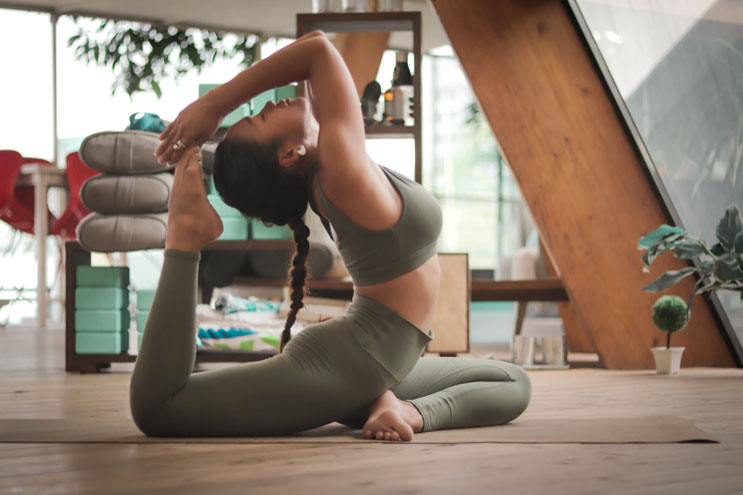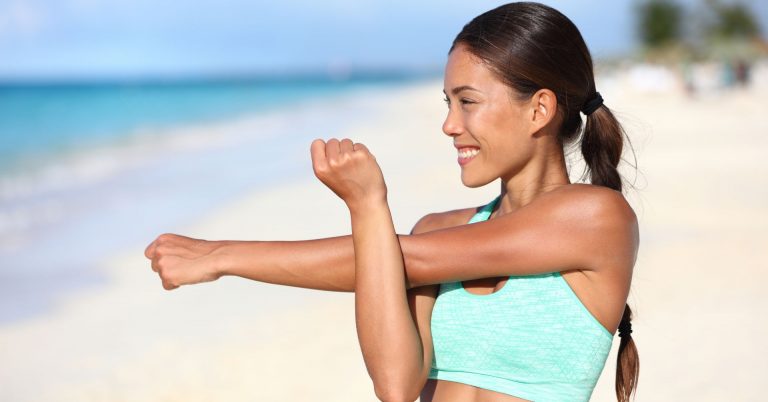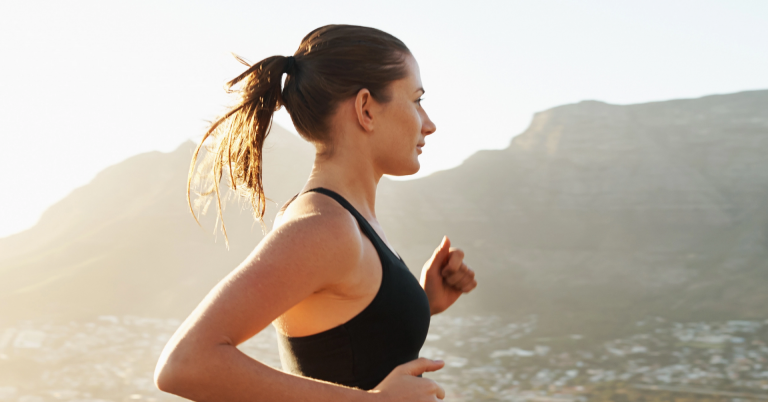It is common for athletes to cross different sports and excel at it. This is why we have seen athletes that can be pros in different sports, using their strength and skills across different sports. This is why surfers should run and runners should surf.
Running is an excellent way to stay fit when you cannot get out there and surf. Likewise, surfing is a different type of strength and cardio that many runners would enjoy. We wanted to know more about what benefits exist for athletes trying both sports, so we asked the team at Wakeboard Buddy for guidance. Here’s what we learned.
Advantages of Running for Surfers
Let’s start off with the advantages of running for surfers. If you want to improve your surfing abilities, you will want to stay as active as possible. For many people, daily surfing is not a possibility, but running is.
Some benefits of running include:
- Strengthens your knees and joints
- Activates 50 percent of your lungs that are typically left unused
- Reduces your risk of cancer and stroke
- Strengthens your heart
- Burns off unwanted calories
- Works all of your major muscles
Running is also inexpensive and requires nothing more than a good pair of running shoes. When you can keep up on your endurance and cardio when you are not able to regularly surf, when you get back to the sport, you are going to be much better prepared for it physically.
Running is also a long kind of activity, which will easily translate to how you are out on the water. Your stamina will increase greatly, making waiting for the right wave and then being able to tackle it well much easier than it has ever been before.
Advantages of Surfing for Runners
Just like how running can help surfers, surfing can in turn help runners become better athletes. If you are a runner, your athletic goals are likely to be able to go farther in less time. Many runners also focus on their posture and their gait. This is where surfing comes in.
Some benefits of surfing include:
- Improved balance
- Better lower body strength
- Increase in lung capacity, because of holding your breath
- Better stance and posture
- Stronger core
Surfing does require more equipment to manage than running does. You typically need a board, water to surf in, and a wetsuit to prevent yourself from freezing out in the water. Surfing also is reliant on the weather.
While running is easier to do when it is nicer out, it is not dependent on the weather. Surfing does require nice weather and good waves in order to accomplish, which might not even be a possibility if you don’t live near a body of water.
The Benefits of Cross-Sport Training
When you begin to train in another sport than you are typically proficient in, you will generally begin using muscles in ways that they are not accustomed to. For example, in surfing, you keep your knees bent and strong in order to balance on the board, building up your lower body strength. This easily transfers to running as your legs will be more powerful and stronger than they ever were before.
These benefits are not limited to just running and surfing, however. Many sports benefit from other sports. A common example is when football players do ballet to improve their balance and grace, allowing them to be lighter on the field and more effective players. It does not mean that they have become ballerinas, but instead it is more like they acknowledged that other sports do bring with them important skills that work with the sport they primary practice.
Another way to think about this is that when you are rotating workouts between cardio and strength, you will target different muscle groups. The body does work best as a complete unit, but when you are able to focus your time on various muscle groups, you are definitely in the process of becoming a better athlete.
Basically, you need to understand that your mind and body are going to work together to make any workout as easy on you as possible. When you do the same workout over and over, you will not be able to engage in different muscle groups, but will instead be stuck concentrating all of your efforts on the muscles that are used to the movement.
At the end of the day, the best training practice for any sport is to practice the sport itself. But, working on another sport in addition to the focus sport can improve your overall athleticism, making your focus sport easier to do with better overall results. Keep your mind open to other sports and see what they can do to help you become a better athlete.




